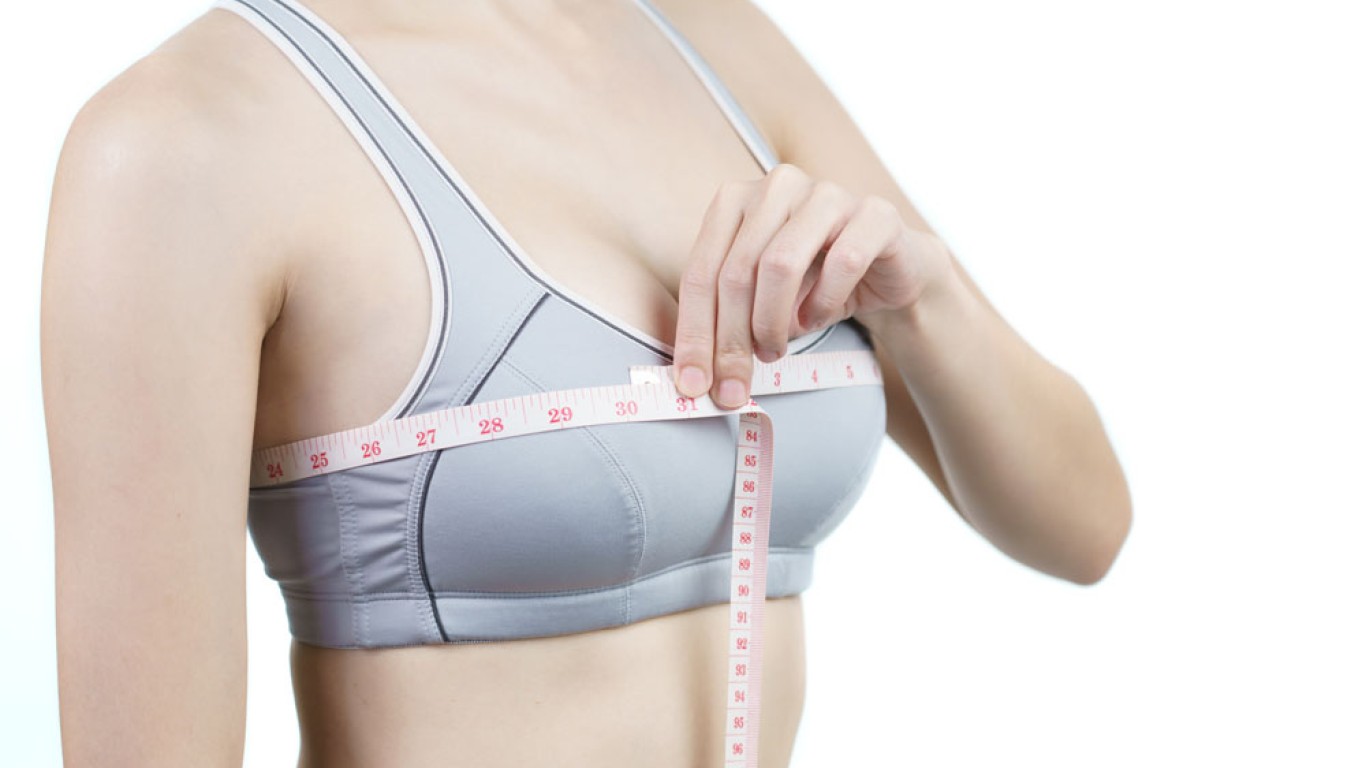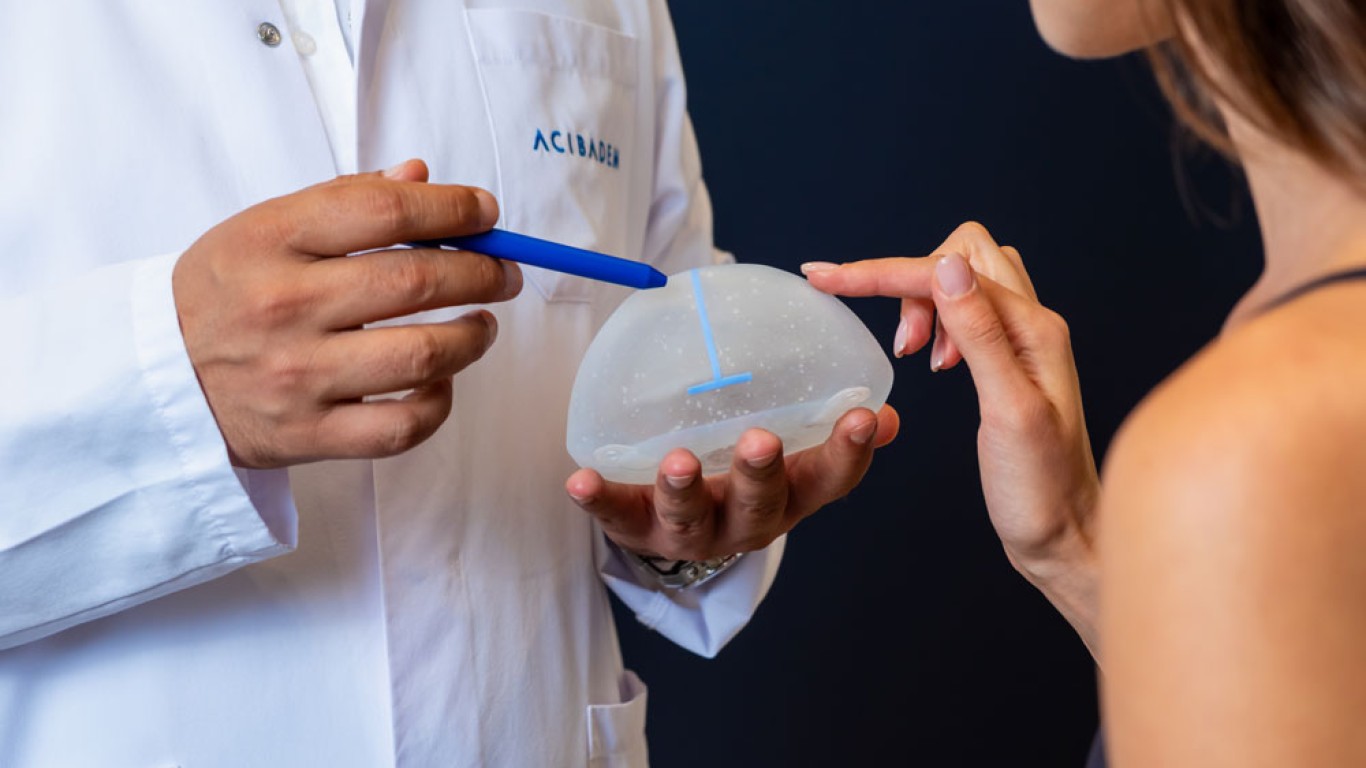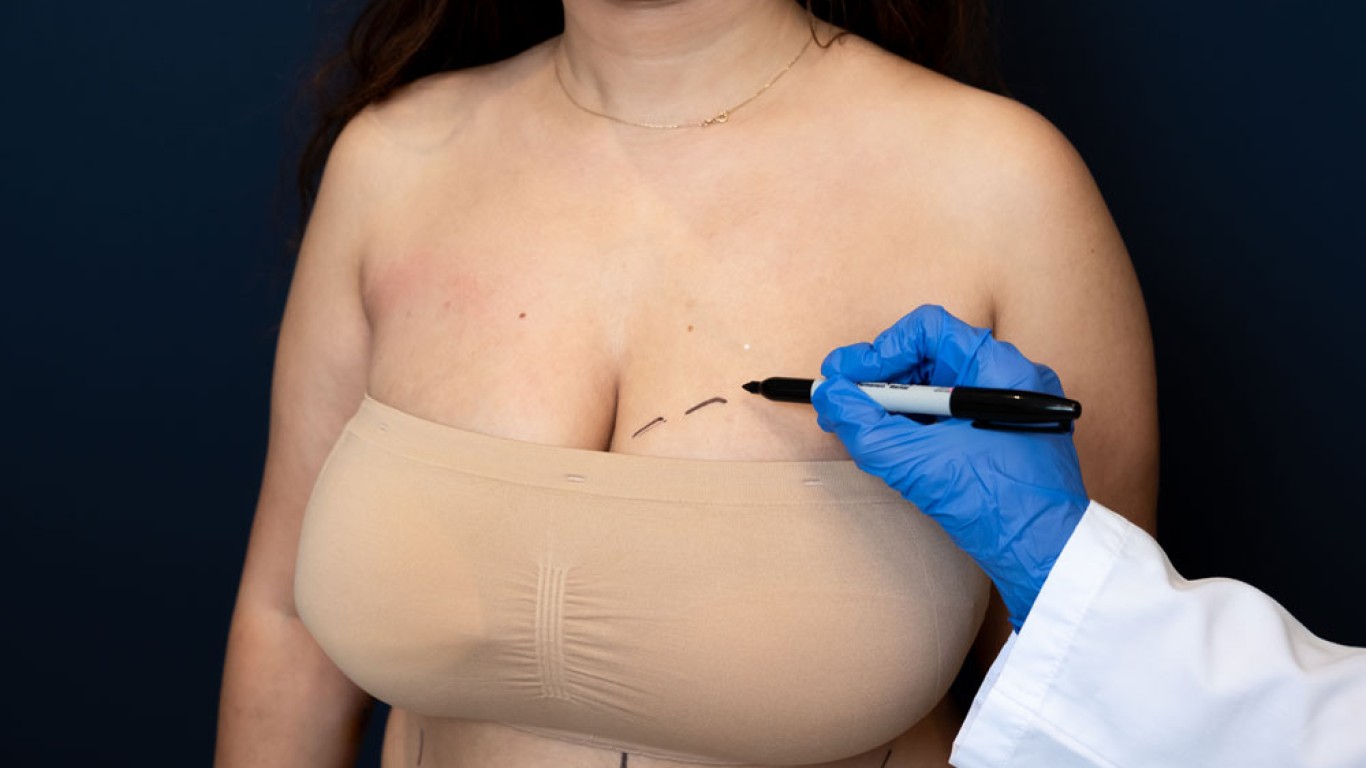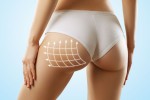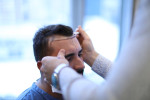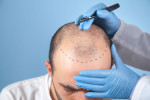Introduction
Maintaining your breast enhancements is just as important as choosing the right procedure. With proper care, your results can stay beautiful and natural-looking for many years. From post-op habits to long-term lifestyle choices, this guide will show you how to protect your investment and confidence.
Why Maintenance Matters for Breast Enhancements
Breast enhancements are a popular choice for improving body confidence and silhouette. Whether you’ve chosen implants or fat transfer, results can last many years. However, maintenance is vital to preserve their appearance and ensure lasting comfort. After surgery, the body naturally changes over time. Skin loses elasticity, weight may fluctuate, and lifestyle choices affect results. Therefore, long-term care plays a crucial role in protecting your investment. Understanding how to maintain breast enhancements allows you to feel confident for years. With the right care plan, many patients enjoy natural-looking, stable results even a decade later.
Prioritise Post-Breast Enhancement Recovery Instructions
Your long-term results begin with short-term recovery. Immediately following surgery, you must follow all post-op guidelines. These include wearing supportive bras, avoiding heavy lifting, and taking prescribed medication. The healing phase shapes how your implants settle. Incorrect movements can shift positioning or cause discomfort. Sleeping on your back and using pillows for elevation helps reduce swelling. Additionally, attending follow-up appointments ensures the surgeon can monitor healing. Early intervention during recovery prevents issues that might impact long-term results. Although the recovery period may feel restrictive, it is vital for beautiful, lasting outcomes.
Maintain a Stable Weight After Breast Enhancements
Body weight fluctuations directly impact the appearance of your breasts. Gaining or losing significant weight stretches or deflates the breast tissue. This can alter the shape and symmetry of your enhancements. Both implants and fat transfer results can change if your body undergoes frequent size variations. Fat cells used in enhancement procedures can shrink or grow depending on lifestyle and diet. Therefore, adopting a healthy routine and stable weight range helps protect your enhancements. If you’re planning weight loss or pregnancy, discuss timing with your surgeon before surgery.
Wear Proper Supportive Bras After Breast Enhancements
One of the simplest yet effective ways to maintain breast enhancements is proper bra support. A good bra protects breast tissue and implant positioning, especially during exercise. Avoid underwire bras in the initial recovery phase. After healing, switch to high-quality, well-fitted bras that offer support without restricting circulation. Additionally, wear a sports bra when exercising. This reduces movement and prevents pressure on the chest area. Over time, gravity affects even enhanced breasts, so support is key for longevity.

Monitor Your Breast Enhancements for Changes Over Time
Regular self-examinations help you stay aware of how your breasts feel and look. Familiarity makes it easier to spot potential changes such as swelling, hardness or visible distortion. Although implants are designed to be durable, issues like capsular contracture or rupture can occur. These conditions are rare but manageable when caught early. If you notice discomfort or visible change, consult your surgeon. Diagnostic scans like MRIs or ultrasounds can help assess the condition of your implants. Early action prevents more complex procedures later.
Schedule Routine Surgeon Check-Ups
Many assume that once healed, no further follow-ups are required. However, regular surgeon visits are essential for maintenance. Most surgeons recommend checks every 2–3 years. During these appointments, your surgeon can evaluate implant positioning, breast tissue health and skin elasticity. They may suggest imaging tests to confirm implants are intact. Routine check-ups offer peace of mind. They also ensure your enhancements remain aligned with your goals, especially as your body naturally changes with age.
Adopt a Healthy Lifestyle After Getting Breast Enhancements
Your overall health significantly influences the longevity of your breast enhancements. Prioritise hydration, balanced nutrition, and skin care. These habits maintain elasticity and help preserve breast shape. Avoid smoking, as it reduces blood flow and impairs skin health. Excessive alcohol consumption can also affect your body’s ability to heal and maintain tone. Exercise plays a key role too. Incorporate chest-friendly routines and avoid high-impact movements without proper support. A strong, healthy body supports more beautiful, long-lasting results.
Consider Future Life Stages
Pregnancy, breastfeeding and menopause all influence breast appearance. Although implants remain stable, natural breast tissue may change due to hormones or volume shifts. If you're planning to have children, inform your surgeon before undergoing breast enhancement. In some cases, you may choose to delay surgery or adjust the procedure type. Post-pregnancy, some women opt for a breast lift to restore shape. This doesn’t mean your original enhancements failed, but rather that your body has evolved. Knowing this helps you plan future options.
Understand Breast Enhancement Longevity and Replacement
While breast implants are long-lasting, they are not guaranteed for life. On average, implants last 10 to 15 years. Some patients keep them longer without issues, while others choose early replacement. Reasons for implant replacement include personal preference, changes in body shape, or updated aesthetic goals. Technological advancements in implant design also give patients more options over time. If you’ve had your implants for more than a decade, schedule an evaluation. This ensures everything remains safe and aligned with your desired look.
Keep Skin Healthy and Hydrated
Your skin plays an important role in the appearance of your enhancements. Well-hydrated, elastic skin helps maintain a youthful shape. Use quality moisturisers and apply sunscreen to exposed areas. Sun damage can lead to premature skin ageing. Avoid prolonged sun exposure, especially without protection. UV rays can weaken skin structure and change pigmentation around the chest. Hydration from the inside is just as crucial. Drink plenty of water daily and eat foods rich in vitamins A, C, and E. This will help support collagen production.
Embrace Touch-Ups or Revision Procedures When Needed
Maintenance doesn’t always mean avoiding future treatment. For some patients, small revision procedures enhance or restore the original results. These can include breast lifts to counteract sagging, implant replacements for updated shapes, or fat transfers for volume refinement. Many patients undergo touch-ups after several years. Planning ahead helps reduce anxiety around the future of your results. Working with the same surgeon or clinic ensures consistent care and understanding of your goals. Remember, enhancement is a journey—maintenance and revision are simply part of the process.
Conclusion
Maintaining breast enhancements long-term requires attention, commitment, and good habits. From wearing supportive bras to adopting a healthy lifestyle, every step contributes to lasting results. Regular surgeon check-ups and a stable weight help keep your enhancements in top condition. By taking proactive steps today, you can enjoy your breast enhancements for many years ahead.
For more information and to book a consultation visit the ACIBADEM Beauty Center Breast Augmentation page.
Frequently Asked Questions
Not always. Many last longer, but check-ups are key to ensure safety and aesthetic quality.
Only if done without proper support. A good sports bra helps prevent unwanted movement or sagging.
Weight changes affect breast tissue, which may impact symmetry and volume over time.
Possibly. Some choose touch-ups or implant replacement to maintain or enhance appearance.
Yes, in most cases. Let your surgeon know your plans before surgery to choose the best technique.


